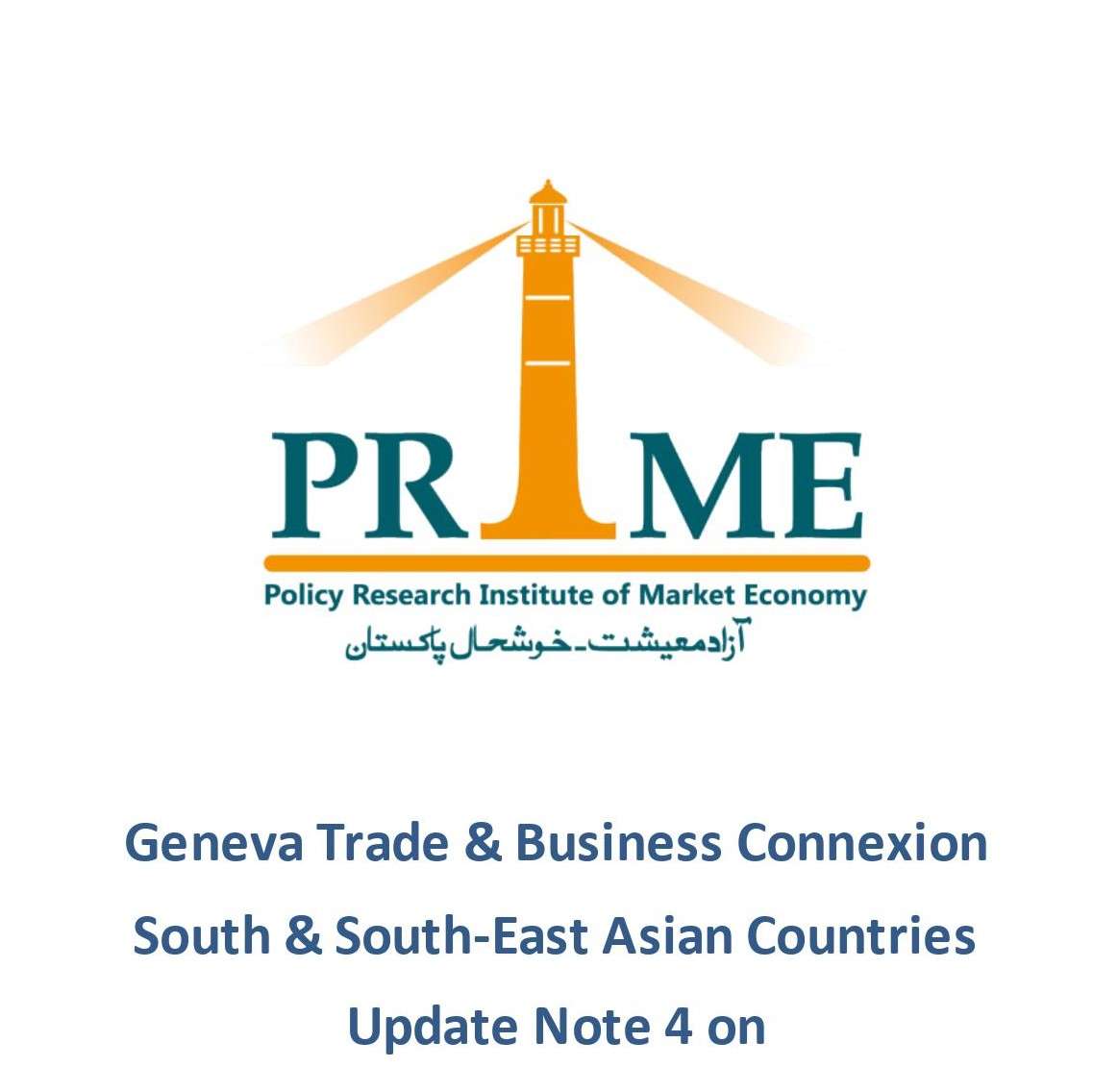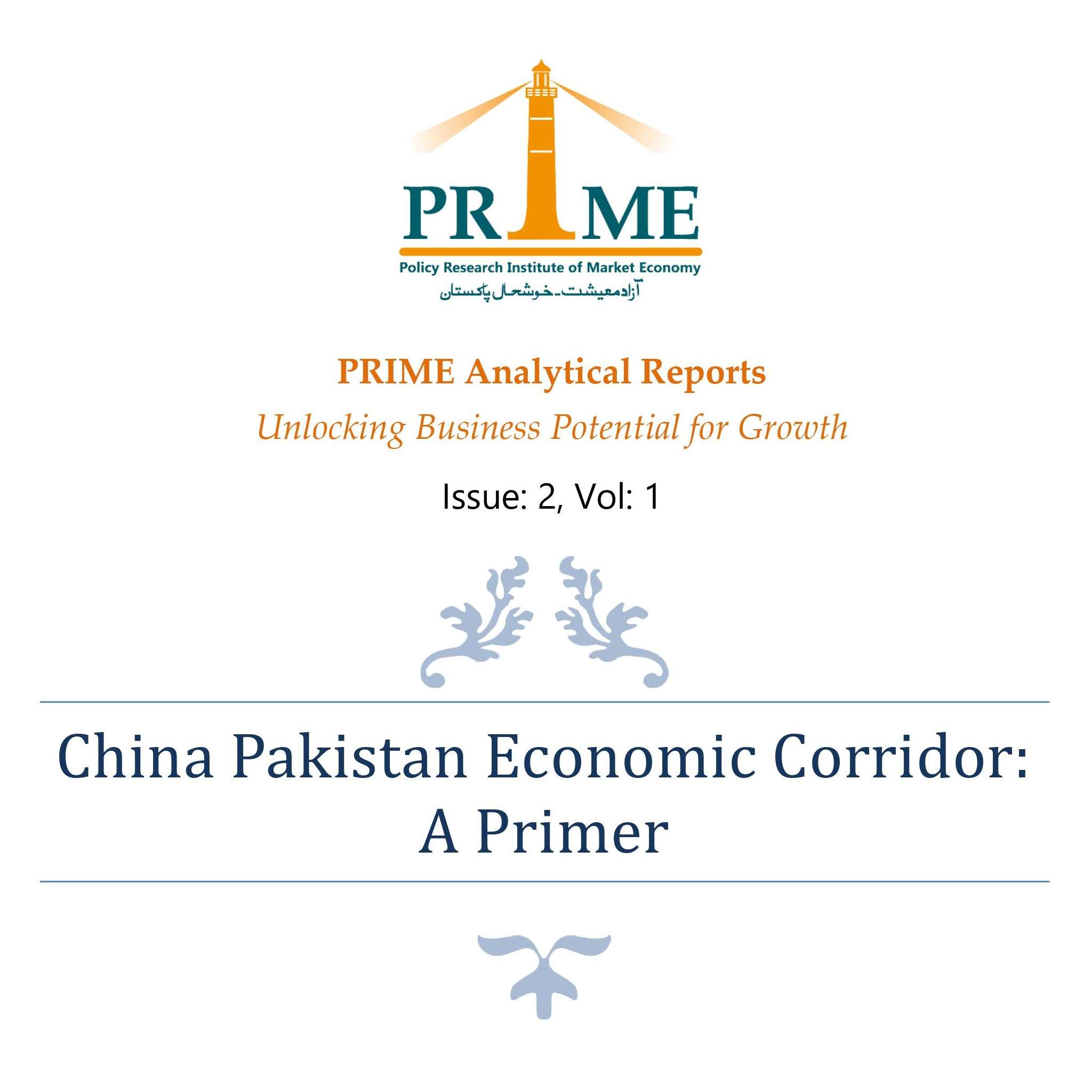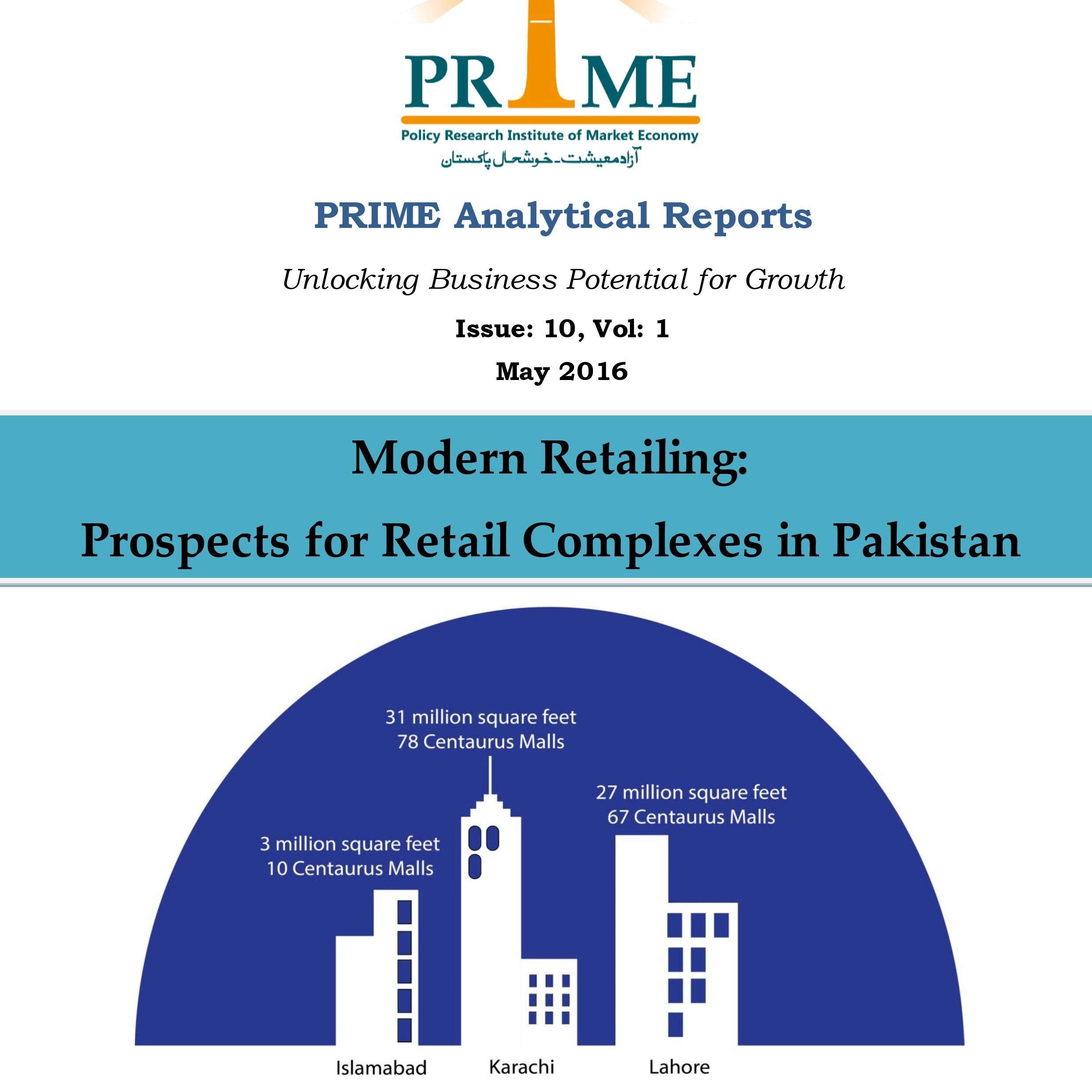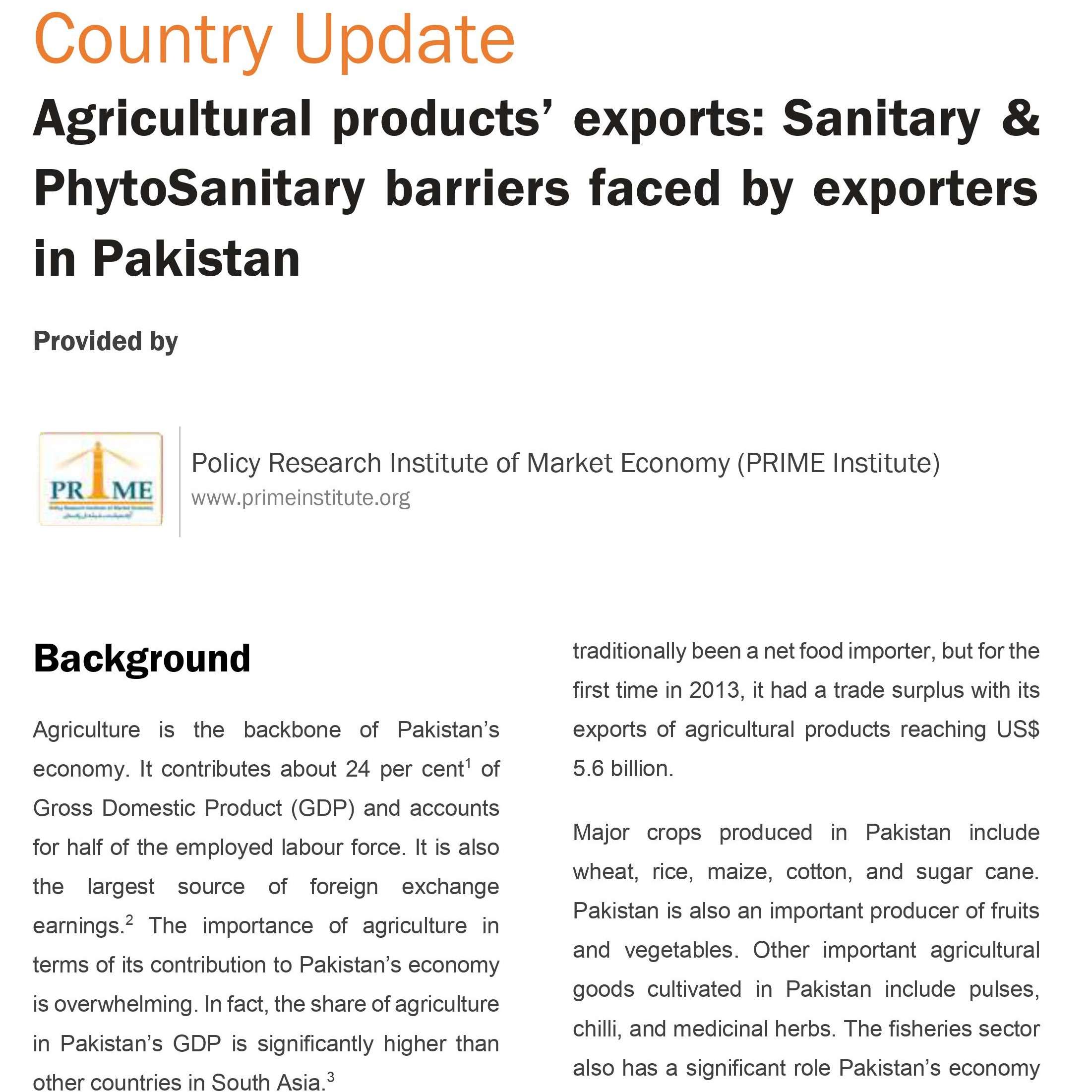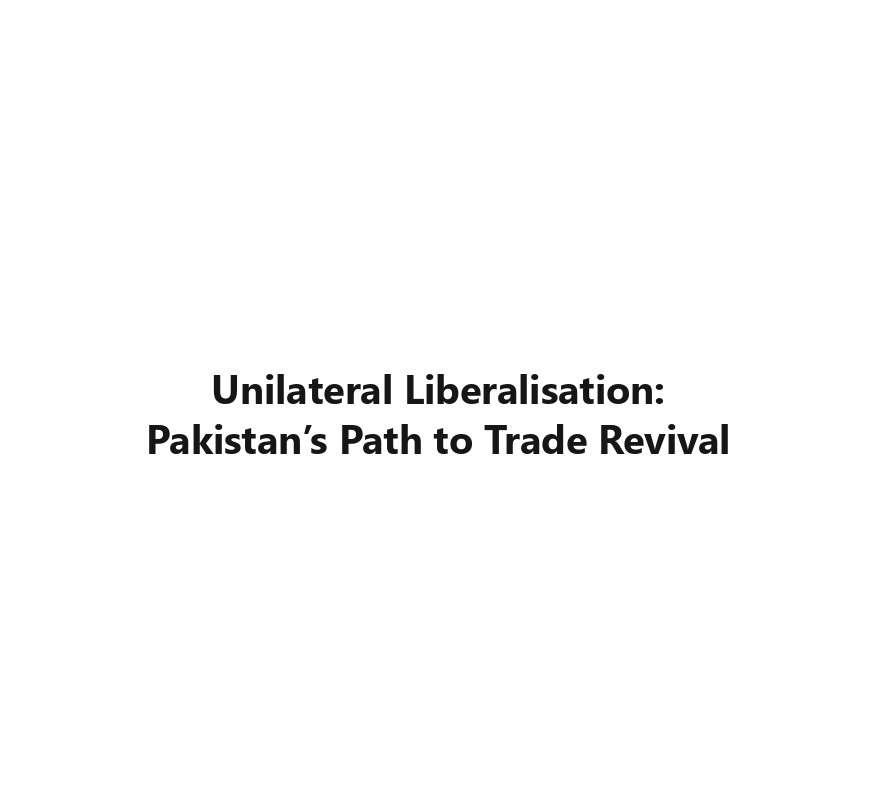Dissecting Pakistan’s lead in Service Exports
As per World Trade Organization’s latest statistics, global trade in services witnessed an average decline of 24 percent in the third quarter of 2020. Out of the 39 countries reviewed, approximately 90 percent experienced contraction in service exports whilst 10 percent observed a positive growth.




